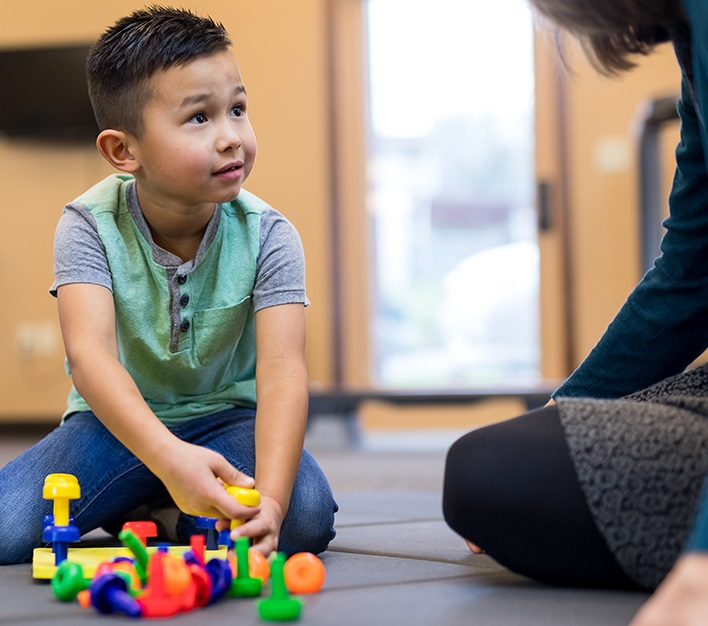4 Types of Child Therapy

The health of our children should be a top priority and this includes physical and mental health.
Mental health disorders affect people of all ages, including children. According to the Centers for Disease Control and Prevention, 1 in 6 children between the ages of 2 and 8 are diagnosed with at least one mental health condition in the United States.
Various types of therapies can be used to help children overcome their mental health difficulties or manage them in the long term. As the parent of a child who is struggling with their mental health, it’s important to learn about the different types of therapy that are available for your child.
Types of Child Therapy
Every therapy is completely different and provides unique benefits. By delving into each type of therapy, you’ll be able to find the most appropriate one for your child to support them in the best way possible.
Action Behavior Centers or community centers often provide several types of therapy. If you want to learn more about the best therapy for your little one, speak to a professional therapist or counselor at your local center.
Here are four types of child therapy to consider for your little one and their benefits.
1. Cognitive Therapy
Cognitive therapy focuses on the way a child thinks and how their thoughts influence their behaviors. If a child has developed a set of negative thought patterns, it can be difficult to lead a happy and healthy lifestyle.
A cognitive therapist can use specialized techniques to discover the root causes of these thoughts and help children convert their negative thoughts into positive thoughts.
2. Psychodynamic Therapy
A therapist that focuses on psychodynamic therapy will explore the hypothesized connection between a child’s unconscious thoughts and their behaviors.
They can use techniques to help a child identify their subconscious thought patterns and behavior patterns. The therapist will also provide the child with great coping strategies to help them deal with stressful or anxiety-provoking situations to improve their resulting behaviors.
3. Behavior Therapy
Behavior therapy focuses on problematic behaviors and how they can be modified. It’s highly effective for children with ADHD and other behavioral conditions.
Therapists will work with children to identify their negative behaviors and convert them into more positive actions. They may use positive reinforcement and rewards to incentivize their young clients to adjust their current behavior patterns.
4. Music and Art Therapy
Children respond well to fun and engaging activities. For children who struggle to communicate effectively or find it difficult to express their feelings and emotions, creative therapies are a great option.
Music and art therapy enables children to express themselves and explore their own creative abilities in a safe environment. It teaches them to open up and not be afraid to express their inner thoughts, and also promotes the development of fine motor skills.
839GYLCCC1992



Leave a Reply